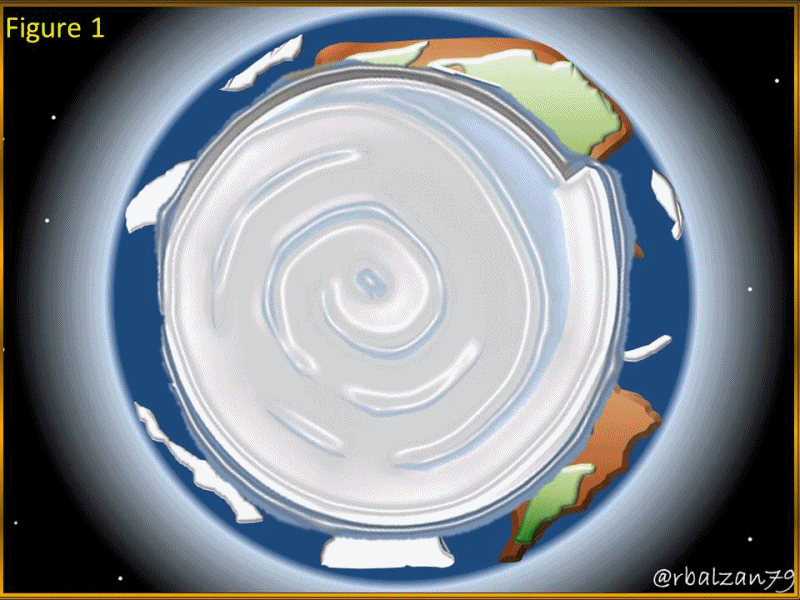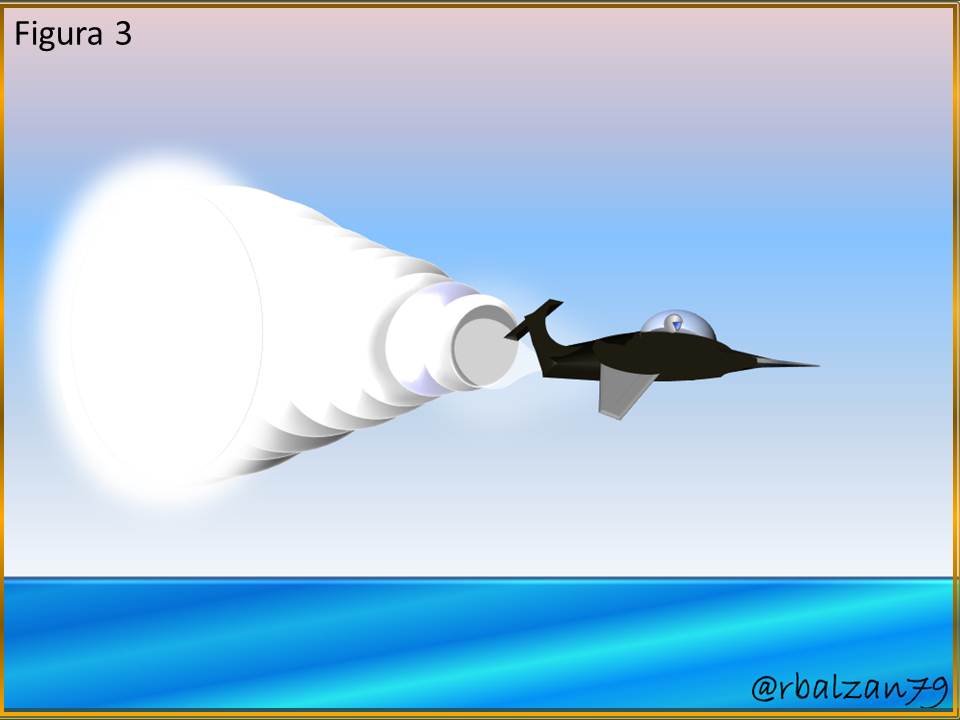
Introduction
At every moment of our existence we can capture through our ears any sound wave front which propagate from one place to another through a certain material or elastic medium which is usually the air, however, it can be a liquid or solid, but, the important thing is that these sound waves go from the source of generation to our ears.
In our tour in previous articles we have been able to express that for sound waves to be captured they must be within the audible range for our ears and the audible spectral fraction for humans is between the range of 20 to 20,000 Hz (hertz or Hertz), we must always remember that the number of waves that cross a certain reference point in the time of one second is called frequency.
The above is in relation to the audible sound for our natural hearing systems such as our ears, however, the acoustic spectrum is composed of several types of sounds which travel at different frequencies and thus have different wavelengths, These two characteristics (wavelength and frequency) have allowed us to structure our essential acoustic spectrum, where we have already known the fraction audible to the human ear and the fraction of infrasound which we can not perceive because the sound is below 20 Hz which is the minimum frequency that we can hear or perceive.
In the previous article we related to the infrasound and in this opportunity we will continue to deepen in the same especially in those sources of generation of this, therefore, I invite you to know some of these sources, either artificially or naturally.
Some infrasound sources
Vibrations are constantly developing around us, and these vibrations generate sounds below our audible spectrum, that is to say, infrasounds, therefore, we will know in general some of these sources, and for this, we will begin by moving towards our atmosphere, where we find several natural phenomena that generate infrasound waves, among them is the tornado as shown in figure 1 below.
Figure 1. Tornadoes as a source of infrasound generation

When we go deeper into infrasound we must highlight that there are several species of the animal kingdom that emit infrasound in order to communicate with each other, and this is achieved because infrasound can be propagated over long distances, and also without its amplitude being affected considerably, for example, elephants, as you can see in the following figure 2.
Figure 2. Elephants as natural sources of infrasound emission

These wonderful animals can emit and perceive low frequencies around 15 Hz, it is important to express that this type of infrasound communication allows them to prevent the attack of a predator.
Now we can say that we can also find those artificial sources that emit this type of infrasound, such is the case of the well-known sonic boom, for example, this extraordinary phenomenon is caused by a supersonic airplane for its high speed and thus manages to break the sound barrier, as you can see in the following figure 3.
Figure 3. Sonic Boom Infrasound Generator Sonic Boom

When locating another artificial action that generates infrasound waves, we must point out those complex space mechanism systems such as rockets when they take off, the frequency of this type of infrasound is between 0.3 to 3 Hz, as we can see in the following figure 4.
Figure 4. Space rocket, source of infrasound generation

Conclusion
Around us, countless phenomena of great importance to us are developing and we have been able to understand this due to the constant analysis of these essential phenomena. Without a doubt, my dear readers, this task has been possible thanks to the action of three vital areas for our development: science-technology-education.
The first one we can say that it experiments and discovers, the second one applies the discovered knowledge and the third one, of course, spreads or propagates all kinds of information among all human beings, and also does it in the most orderly or planned way possible, that is why it will always be important to connect through science by means of technological applications to educate ourselves as best as possible, as in this opportunity to relate to some sources of infrasound generation.
Until another installment, my dear Hive.blog readers.
Note: The images are my own and were created using Power Point and the animated gif was created with the PhotoScape application.
Recommended Bibliographic References
[2]Specular and diffuse sound reflection. Author: @rbalzan79.
[3]Sound absorption. Author: @rbalzan79.
[4]Sound transmission. Author: @rbalzan79.
[5]Sound diffraction. Author: @rbalzan79.
[6]Sound refraction. Author: @rbalzan79.
[7]Acoustic or sound spectrum. Author: @rbalzan79.
